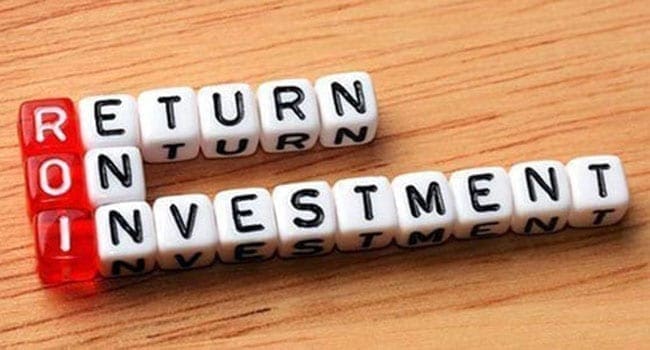 When comparing your investment returns to that of others or those you see published, selection and timing are two critical issues.
When comparing your investment returns to that of others or those you see published, selection and timing are two critical issues.
Make sure you’re comparing apples to apples: that you’re weighing similar investments.
Each investor has their own risk tolerance and objectives. What’s right for your friend, neighbour or family member may not be right for you. It’s not fair to compare the investment returns of a well-balanced, diversified portfolio to that of a high-risk speculative investment. Even with investments that look similar on the surface, there could be big differences in objectives and safety.
Once you know that the investments you’re comparing are indeed very similar – that they have similar objectives, risk tolerances and asset allocations – you can compare returns.
It was once difficult to get a personalized rate of return on some investment accounts. The introduction of CRM2 (Client Relationship Model – Phase 2) changed that. Now each year investors get personalized rates of return and disclosure of fees they’ve paid to their adviser. This new reporting started last year and most investors will see their first new statements this year.
However, keep in mind that the fee on this report may not be the total fee you paid. Depending on the type of investments you hold, there could well be additional fees paid that aren’t disclosed on this statement.
It will make it much easier to compare your returns with other investments and to investment benchmarks. But this could also lead to more confusion as published returns for any investment are based on a single investment over a given period.
Most people invest at different points throughout the year. So their returns in the same investment are often much different than the published numbers.
The only way you’re likely to have your return exactly match the published return would be to have invested a single sum, left that money invested for the same period and paid the same fees as the investment’s published return. If you invested a sum five years ago, and never changed the investment or added or removed any funds, then your return five years later would match the five-year published return. With most investments, this isn’t usually the case.
Often when we invest, we let our emotions get involved. And typically, we invest more when times are good, and either invest less or cash out when times are bad. In other words, we buy high and sell low. Logically, we know this is the wrong but when times are good, we tend to think, “This is going up more, I better get more invested.” And when times are bad, we think, “I better get out and protect what I have left.” This will lead to your personalized rate of return differing from the published return of the investment.
Here are a few reasons why your return could be much different than the published return:
- If you were charged a fee that’s different than the fee used in the published return, your return would be different.
- If you made any withdrawals over the five-year period, your return would be lower.
- If you added any funds over that period, your return could be higher or lower than the published return.
Missing even one day of market returns will mean your returns won’t likely match the published return of that same investment.
Keep this in mind when you’re reviewing and comparing your return to that of other investments.
Bill Green is an hourly financial and estate planner, public speaker and author of The Success Tax Shuffle.
Bill is a Troy Media contributor. Why aren’t you?
The views, opinions and positions expressed by columnists and contributors are the author’s alone. They do not inherently or expressly reflect the views, opinions and/or positions of our publication.


